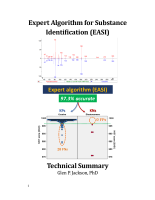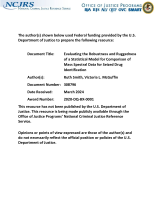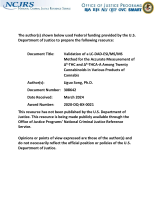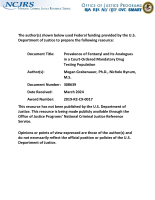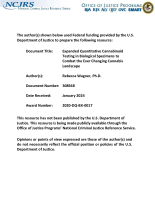Offering Recovery Rather Than Punishment: Implementation of a Law Enforcement-led Pre-arrest Diversion-to-treatment Program for Adults with Substance Use Disorders
Date Published
April 2024
Agencies
NIJ-Sponsored
Publication Type
Research (Applied/Empirical)



